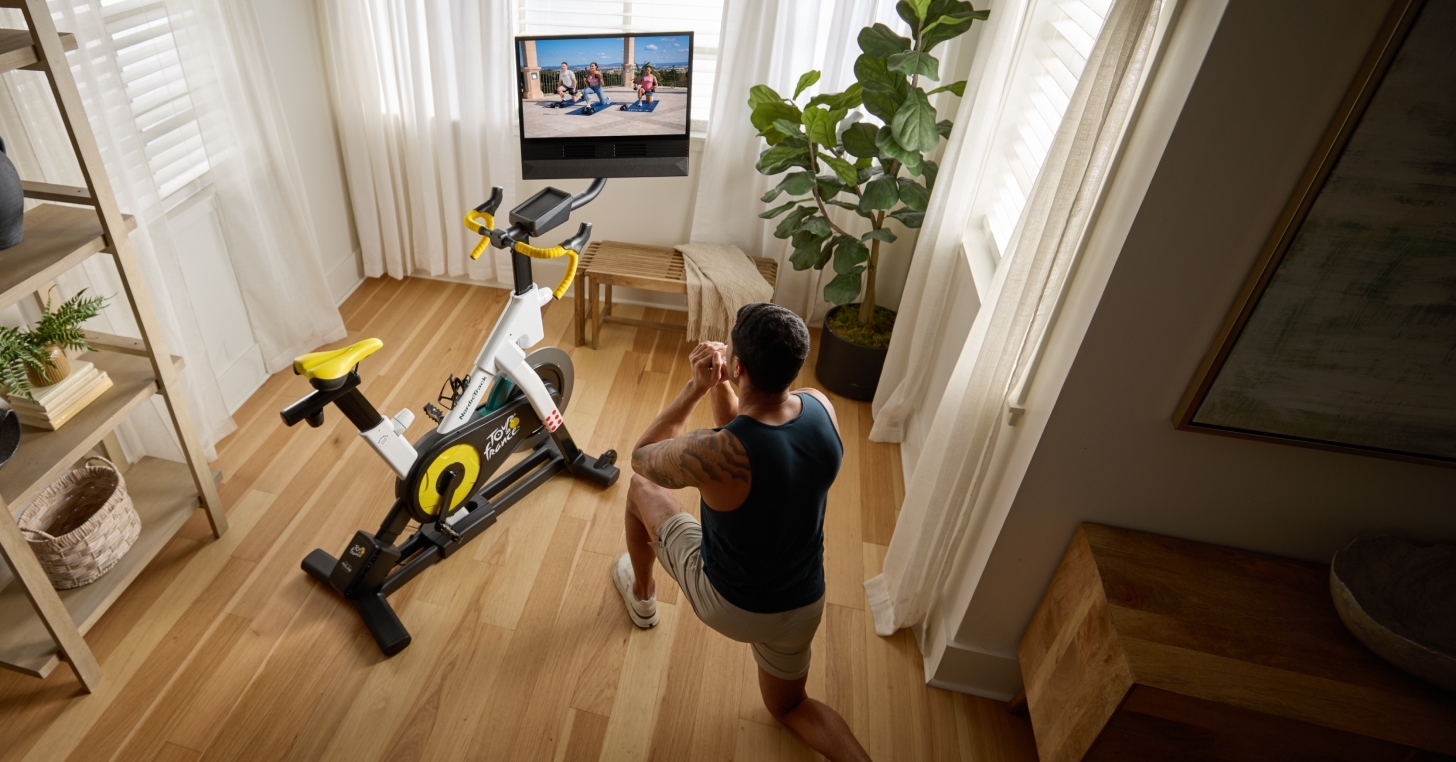
I believe it’s safe to say you want to bring your A-game to the Train for a Tour Series. However, there are lessons to be learned that even the best riders have had to work through in their careers.
One of the most common mistakes I see, especially among cyclists training indoors, is the belief that every ride needs to be high-intensity. It’s easy to fall into the mindset that harder is always better, but the reality is that progress comes from a balance of stress and recovery. Here are my recommendations for avoiding this mistake:
- Embrace Recovery Rides: Not every session needs to push your limits. Easy rides play a crucial role in building endurance and allowing your body to adapt to training stress.
- Listen to Your Body: If your legs feel heavy or your heart rate is unusually high for a given effort, it might be a sign that you need more rest.
- Follow a Structured Plan: A well-designed training plan includes a mix of easy rides, endurance sessions, and high-intensity workouts to ensure steady improvement without burnout. You'll find that in the Train for a Tour Series; I've designed it much like the programs I use at UAE Team Emirates’ training camps.
- Trust the Process: Some of the world’s best riders spend a significant amount of time riding at low intensities. The key is knowing when to push and when to back off—that’s how long-term gains are made.

Another mistake is pushing your body when it isn’t fully ready, which can lead to burnout or hinder your process in the long run. Your readiness to train can fluctuate daily due to factors like sleep quality, stress, hydration, and overall recovery. Here’s how I advise my athletes:
- On good days: When the effort feels easier than expected and your energy is high, it’s a great opportunity to push a little harder and maximize the session.
- On low-energy days: If you’re feeling off—whether due to poor sleep, accumulated fatigue, or other stressors—it’s smart to dial back the intensity. Training hard when the body isn’t ready can lead to burnout or hinder long-term progress.
Track this type of data along with heart rate and power to really amplify your progress. Here's how to do it.
It’s important to remember what this incredible workout series is about at its core - training like a pro in the same way World Tour riders prepare for their season. Whether the goal is to improve endurance, build strength for climbs, or develop the ability to recover quickly between hard efforts, this program delivers real results.
As a coach, the trust that’s built between my athletes and I is one of my proudest achievements. When an athlete places their career development in my hands, it’s an honor that makes coaching so meaningful. I’ve worked to help professional cyclists reach their full potential, and now hopefully, I can help you reach yours.
Check out more articles on training like the pros:
Part 1: how to bring your A-game
Part 2: leveraging data
Good luck and enjoy the process,
Kevin Poulton
Disclaimer: The primary purpose of this blog post is to inform and entertain. Nothing on the post constitutes or is intended to be a substitute for professional medical advice, prevention, diagnosis, or treatment. Reliance on any information provided on the blog is solely at your own risk. Always seek the advice of your physician or other qualified health provider with any questions you may have regarding a medical condition, and please consult your doctor or other health care provider before making any changes to your diet, sleep methods, daily activity, or fitness routine. Do not disregard professional medical advice or delay seeking it because of information available on this blog. iFIT assumes no responsibility for any personal injury or damage sustained by any recommendations, opinions, or advice given in this article. Always follow the safety precautions included in the owner’s manual of your fitness equipment.
You might also like

BenefitHub
Access exclusive pricing to iFIT’s top brands, only available through your BenefitHub program.
September 19, 2020

Beneplace
Access exclusive pricing to iFIT’s top brands, only available through your Beneplace perks program.
September 19, 2020

VennGo
Access exclusive pricing to iFIT’s top brands, only available through your VennGo program.
September 19, 2020